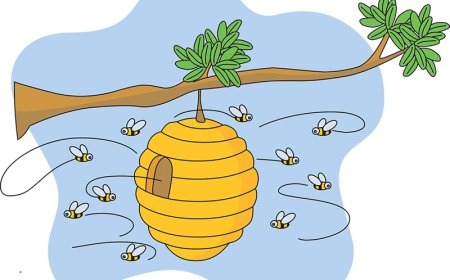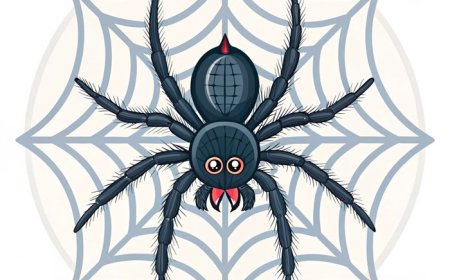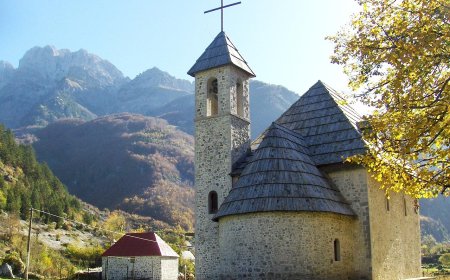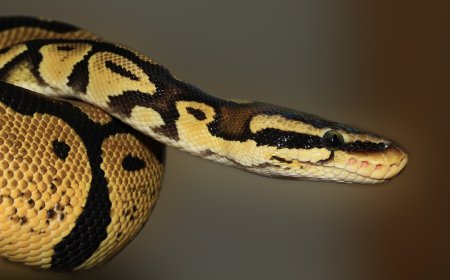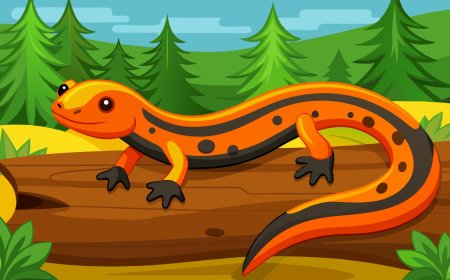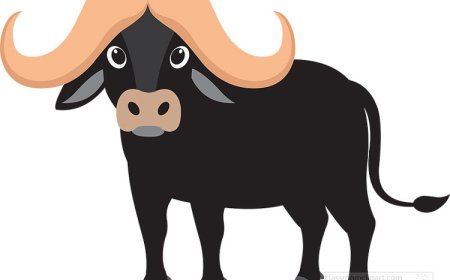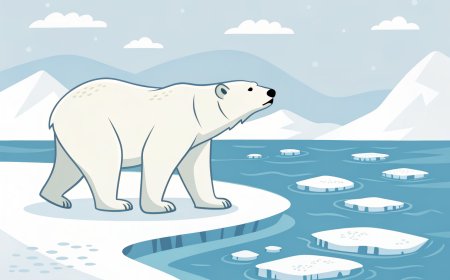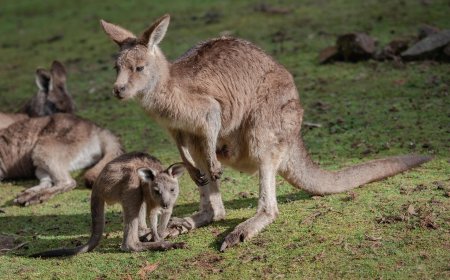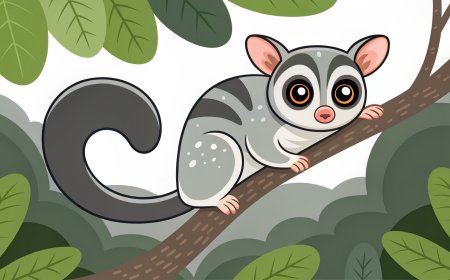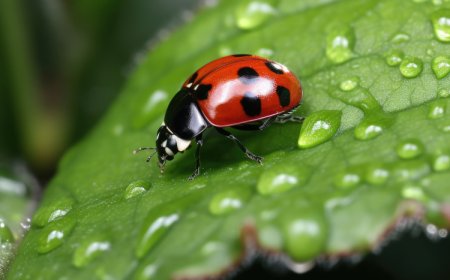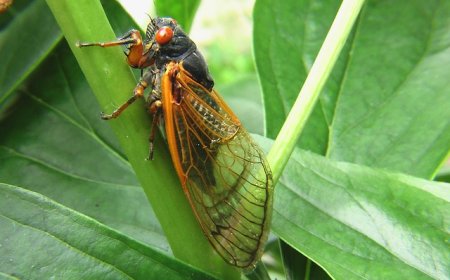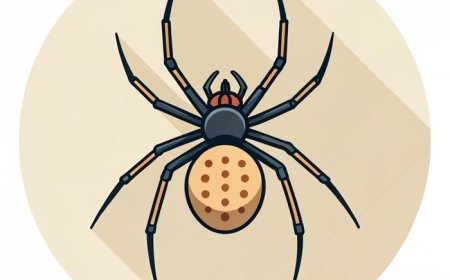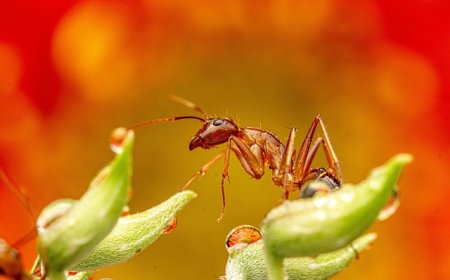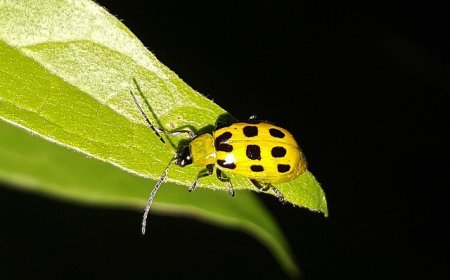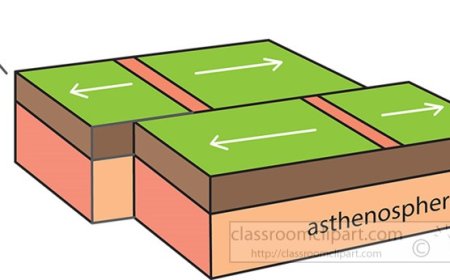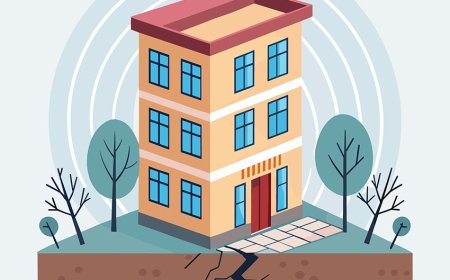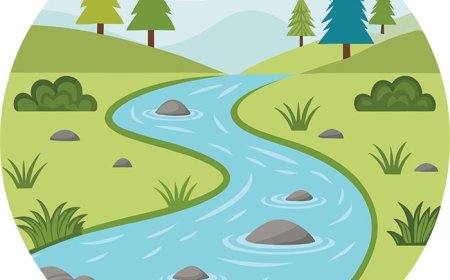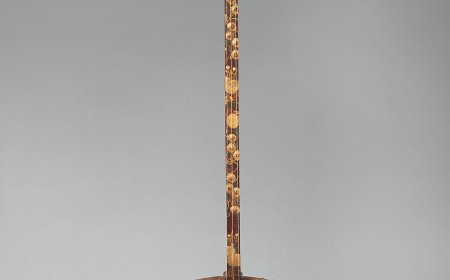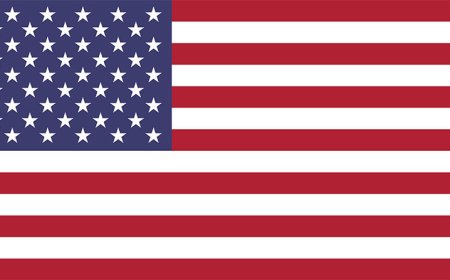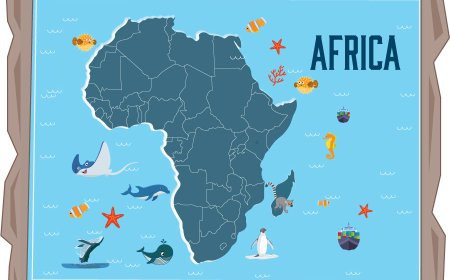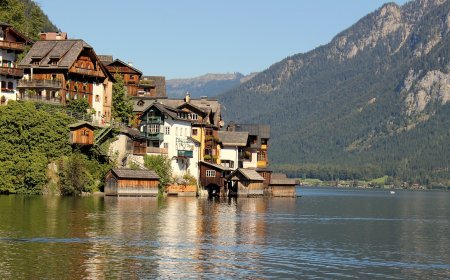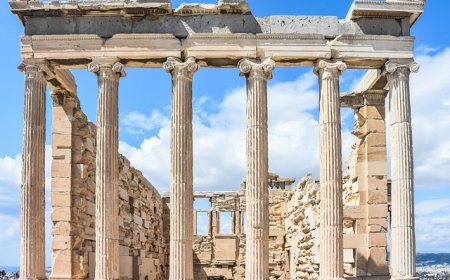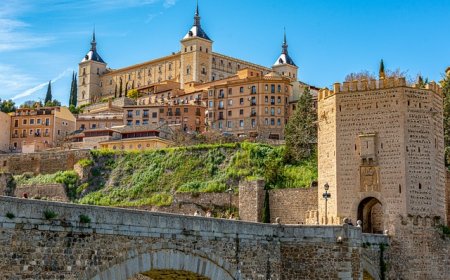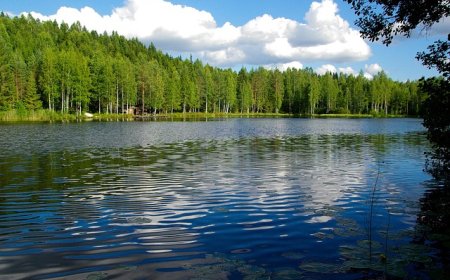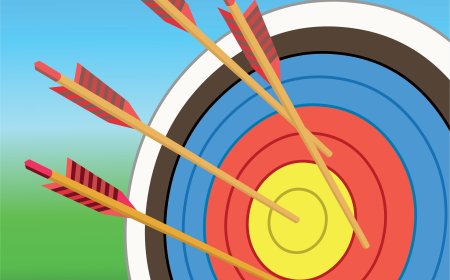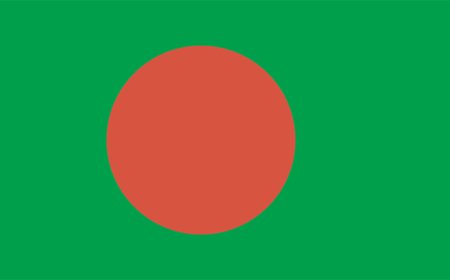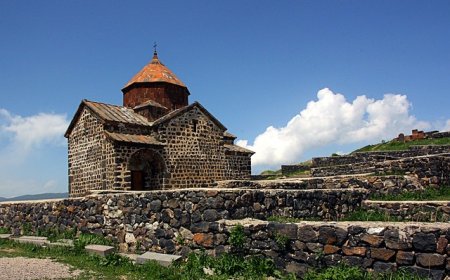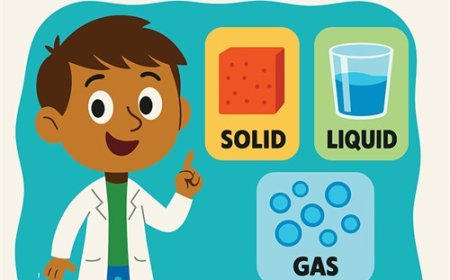Elements Compounds and Mixtures Explained for Students
Learn the differences between elements compounds and mixtures with definitions examples and how to classify substances in physical science
🌟 Introduction
Everything in the world is made of matter, but not all matter is the same. Some materials are made of just one type of building block, while others are made by combining different substances. Understanding the difference between elements, compounds, and mixtures is an important part of physical science and helps scientists classify and study materials.
🔍 What Are Elements, Compounds, and Mixtures?
Elements
-
Pure substances made of only one kind of atom
-
Cannot be broken down into simpler substances
-
Examples: gold (Au), oxygen (O₂), iron (Fe)
Compounds
-
Pure substances made of two or more elements chemically combined
-
Have properties different from the elements they are made of
-
Examples: water (H₂O), salt (NaCl), carbon dioxide (CO₂)
Mixtures
-
Combinations of two or more substances that are physically blended, not chemically bonded
-
Can be separated by physical means like filtering or evaporation
-
Two main types:
-
Homogeneous mixtures - Evenly mixed (like salt water)
-
Heterogeneous mixtures - Not evenly mixed (like salad)
-
💡 Why Is This Important?
-
Helps in identifying materials - Knowing what something is made of guides how it's used
-
Explains properties - Elements, compounds, and mixtures behave differently
-
Supports chemistry and industry - Mixtures and compounds are used in food, medicine, and technology
-
Connects to everyday life - From breathing air (mixture) to drinking water (compound)
🧪 Examples in Everyday Life
-
Element - Aluminum foil is made entirely of aluminum
-
Compound - Table sugar is made of carbon, hydrogen, and oxygen
-
Mixture - Pizza toppings are a heterogeneous mixture, while lemonade is a homogeneous mixture
✨ Fun Facts
-
There are over 118 known elements, and more may be discovered.
-
Diamonds are made entirely of carbon atoms arranged in a special structure.
-
Air is a mixture of mostly nitrogen and oxygen gases.
📌 Key Takeaways
-
Elements are pure substances with only one kind of atom.
-
Compounds are pure substances made of two or more elements chemically combined.
-
Mixtures are physical combinations of substances that can be separated.
-
Homogeneous mixtures are evenly mixed; heterogeneous mixtures are not.
🐾 Kid-Friendly Summary
Matter can be just one kind of thing (element), a chemical blend (compound), or a physical blend (mixture). Scientists classify substances to better understand them.
📚 Vocabulary Words
-
Element - A pure substance made of only one kind of atom
-
Atom - The smallest particle of an element that still has its properties
-
Compound - A pure substance made from two or more elements chemically combined
-
Molecule - Two or more atoms bonded together
-
Mixture - A combination of substances physically blended
-
Homogeneous Mixture - A mixture that looks the same throughout
-
Heterogeneous Mixture - A mixture where you can see the different parts
-
Chemical Bond - The force that holds atoms together in a compound
-
Pure Substance - Matter that has the same composition throughout
🧠 Interactive Quiz
Choose the best answer for each question.
-
Which is an example of an element?
- A. Water
- B. Oxygen
- C. Salt
- D. Lemonade
-
What makes a compound different from an element?
- A. It has only one type of atom
- B. It is physically combined
- C. It is chemically combined
- D. It can be separated easily
-
Which is a heterogeneous mixture?
- A. Salt water
- B. Pizza toppings
- C. Air
- D. Sugar water
-
What type of mixture is lemonade?
- A. Homogeneous
- B. Heterogeneous
- C. Element
- D. Compound
-
Which is NOT a pure substance?
- A. Gold
- B. Water
- C. Air
- D. Salt
Answer Key
- B
- C
- B
- A
- C


